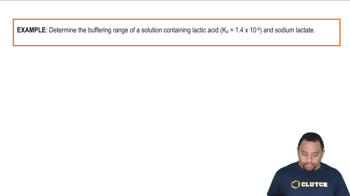Here are the essential concepts you must grasp in order to answer the question correctly.
Molecular Weight of Polymers
Molecular weight refers to the mass of a molecule, typically expressed in atomic mass units (amu). For polymers, which are large molecules made up of repeating units (monomers), the molecular weight can vary significantly. Commonly, polymers have high molecular weights, often ranging from thousands to millions of amu, depending on their structure and the number of repeating units.
Recommended video:
Weight Conversion Example
Polymer Structure and Composition
Polymers are composed of long chains of repeating units called monomers. The properties and molecular weight of a polymer are influenced by the type of monomers used, the degree of polymerization (number of monomer units), and the arrangement of these units. Understanding the relationship between these factors is essential for evaluating whether a given molecular weight is reasonable for a specific polymer.
Recommended video:
Typical Molecular Weight Ranges
Different types of polymers exhibit characteristic molecular weight ranges. For instance, small oligomers may have molecular weights in the hundreds to thousands of amu, while most synthetic and natural polymers, such as polyethylene or proteins, typically have molecular weights in the tens of thousands to millions of amu. Recognizing these ranges helps in assessing the reasonableness of the given molecular weight values.
Recommended video:
 Verified step by step guidance
Verified step by step guidance

